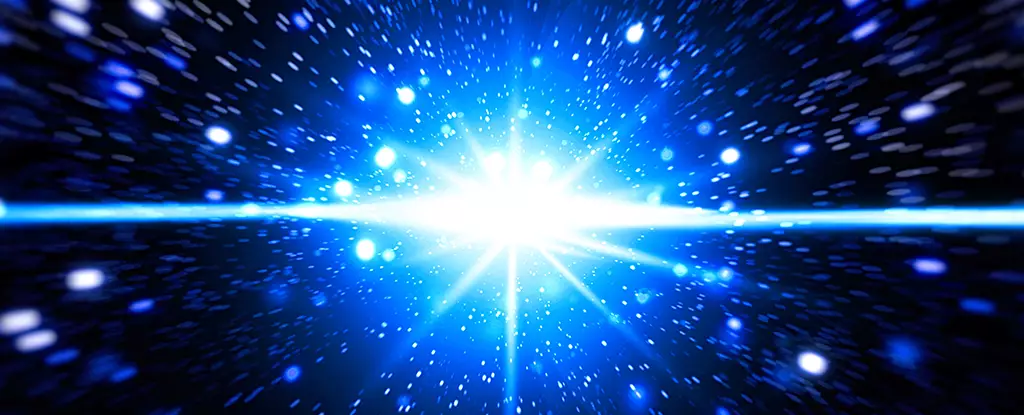Fast radio bursts (FRBs) have captivated astrophysicists and astronomers alike due to their enigmatic nature and astonishing bursts of energy. Brief flashes of radio light, FRBs last for mere milliseconds and originate from deep space, often far beyond our galaxy. While some of these bursts have been localized to specific sources, their detailed nature and origins remain largely unexplained. Recent studies show that this veil of mystery is slowly lifting, revealing intriguing insights into the behavior and characteristics of FRBs, particularly emphasizing the complexity of neutron stars and magnetars.
Understanding the mechanisms behind FRBs has necessitated a closer examination of magnetars, which are exotic neutron stars characterized by extraordinarily strong magnetic fields. Traditionally, it was assumed that most FRBs are produced by young magnetars, given their dynamic environments and energetic phenomena reminiscent of solar flares. However, the recent observations challenge the prevailing notion of youth in these celestial objects.
A particularly notable discovery came from observing a repeating FRB that erupted 21 times within a few months. This series of emissions allowed scientists to not only track its origin to a distant galaxy but also to scrutinize its environmental context in unprecedented detail. The findings indicated that this FRB originated from an area on the outskirts of a galaxy that is over 11 billion years old—a startling revelation considering that neutron stars are remnants of supernova explosions and tend to reside in regions of active star formation.
The implications of discovering FRBs in such ancient locales signify a potential paradigm shift in how we perceive neutron star life cycles. Commonly, it is presumed that neutron stars cool and become inactive over billions of years; therefore, the ionized yet powerful bursts from an old neutron star are surprising. This contradicts the established logic that linked the life stages of neutron stars to their ability to generate magnetic flares capable of producing FRBs.
The age of the galaxy where this repeating FRB was detected also offers an enriching layer of complexity. It suggests that conventional models must adapt to accommodate newly observed phenomena. One possibility being explored is that the FRB came not directly from the galaxy’s edge, where stars are sparse, but from a dense globular cluster orbiting the galaxy. Globular clusters are notorious for their stellar interactions, including mergers that could lead to the creation of powerful magnetars capable of producing FRBs, even in old cosmic environments.
The idea that interactions between magnetars could trigger bursts of energy that produce FRBs opens a new avenue for research. If merging magnetars align their magnetic fields, the resultant energy release could manifest as the intense bursts of radio waves that astronomers have been observing. This presents an exciting reinterpretation of what types of astrophysical processes are capable of producing FRBs, suggesting a rich tapestry of interactions that warrant further investigation.
Nevertheless, it remains essential to approach these observations with an understanding that the universe and its processes are intricate. The astronomical community must engage in extensive follow-up studies utilizing various observatories and instruments to confirm whether these bursts result from nearby interactions or whether other, as-yet-undiscovered mechanisms could be at play.
Fast radio bursts continue to be one of the most intriguing puzzles in astrophysics. Recent studies have opened pathways for innovative inquiries into how and where these enigmatic signals originate. As scientists refine their methods of observation and analysis, a more profound comprehension of FRBs and their connection to neutron stars can be expected. What was once presumed to be a straightforward correlation between youthfulness and vibrancy in neutron stars has splintered into a more nuanced understanding, revealing that the celestial phenomena at play are more multifaceted than astrobiologists initially hypothesized. The ongoing research into the nature of FRBs not only deepens our knowledge of cosmic phenomena but also highlights the dynamic and ever-evolving landscape of scientific exploration in the pursuit of understanding the universe.

